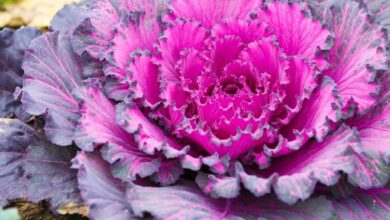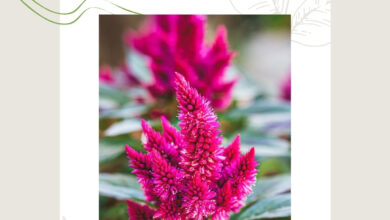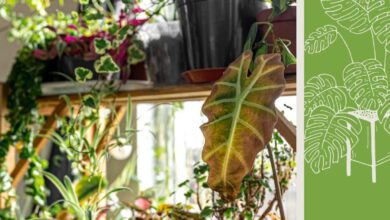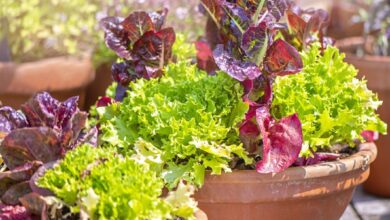What To Do About Waterlogged Soil In The Garden
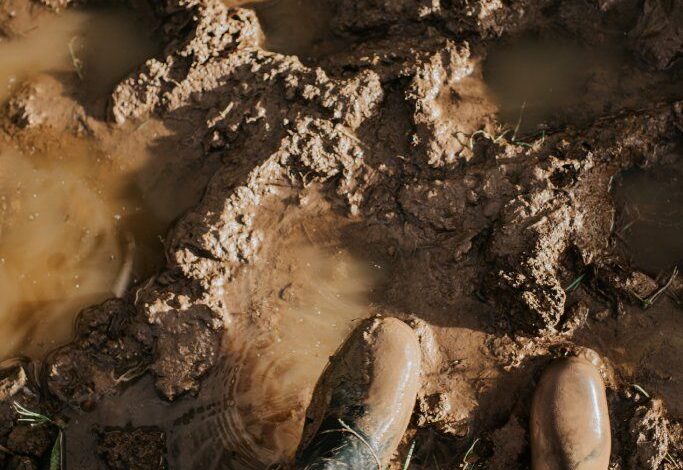
[ad_1]
Most garden plants grow best in a moist but well-drained soil. Both too little and too much water can be detrimental or even deadly to many plants. Wet garden soil can cause root rot that quickly leads to a dead plant. Correcting poor-draining, wet, clay soil is essential unless you grow plants that thrive in standing water.
How to Fix Waterlogged Clay Soil
If your soil has already become waterlogged, you might not be able to save the plants, but you can fix the soil and drainage to avoid it happening in the future. Once conditions are dry again, amend the soil by adding organic material to break it up and improve drainage.
If the content of the soil isn’t the issue, you may need to do a bigger project to install proper drainage. You can dig a ditch to direct water to lower areas in the yard or out to the drain in the street. Another option is to embrace the moisture in this area and create a rain garden with native plants that naturally absorb the excess water and thrive in wet conditions.
How to Prevent Waterlogging of Soil
Preventing waterlogged soil begins with building healthy soil. Recognize that some areas will always be soggy. These include marshy and low-lying areas. These areas of the garden are best reserved for plants that tolerate or even appreciate wet soil. Contact your local extension office for recommendations for native plants.
Areas of the garden that are not marshy or low can become waterlogged when the soil compacts over time. You can prevent soil compaction by avoiding walking or driving over it. Create paths that take most foot traffic.
Avoid working with soil when it is wet, which can exacerbate compaction. Limit how often you till the soil. Tilling breaks soil down into smaller particles, which compact more easily.
Improving clay soil is also important for improving garden drainage and preventing waterlogging. Organic material, like compost, is the best way to improve soil for drainage. If your soil is very rich in clay and difficult to work, consider creating raised beds.
What Is Waterlogged Soil?
Waterlogged soil is simply soil that is completely saturated with water. All or most air pockets have filled with water that is unable to drain away or drains very slowly. This can happen during periods of heavy rain or flooding.
It is more of an issue where soils are heavy and contain a large proportion of clay. Even lighter soils with more sand and silt can become waterlogged if they get compacted or are subjected to extended rain and flooding.
How Waterlogged Soil Affects Plants
Waterlogged soil is a major issue for most plants. Some plants, like those that naturally grow in marshes and bogs or along streams, tolerate or even thrive in soggy soil and standing water. Most plants, however, will not do well in waterlogged areas for very long.
The problems begin at the roots, which literally drown in standing water. The water excludes oxygen, which can kill the roots. Above the soil line, you’ll see:
- Overall poor growth
- Wilting
- Yellowing leaves
- Soft, dark, or rotting areas on the stems or leaves
- Absence of flowers or fruits
- Leaf drop
- Death
Frequently Asked Questions
Can plants drown?
Plants that die in waterlogged soil have essentially drowned. The water in the soil deprives the roots of oxygen, which can kill them and, ultimately, the entire plant.
How can you dry out soil quickly?
There is no truly quick fix to wet, soggy soil. To help speed the process, break up and turn the soil to expose more of the water to the air. Mix in some dry compost or other organic material. You can also add lime to help the soil dry faster, but be aware that this will change the pH and make the soil more basic.
[ad_2]
Source link


